According to research led by analysis firm Yole Développement, as of 2022, Sony dominates the CIS (CMOS Image Sensors) market by far. The main usage of these sensors is mobile devices. Canon has a portion of the market of only 1%, compared to Sony which has 42%. Should Canon be worried?
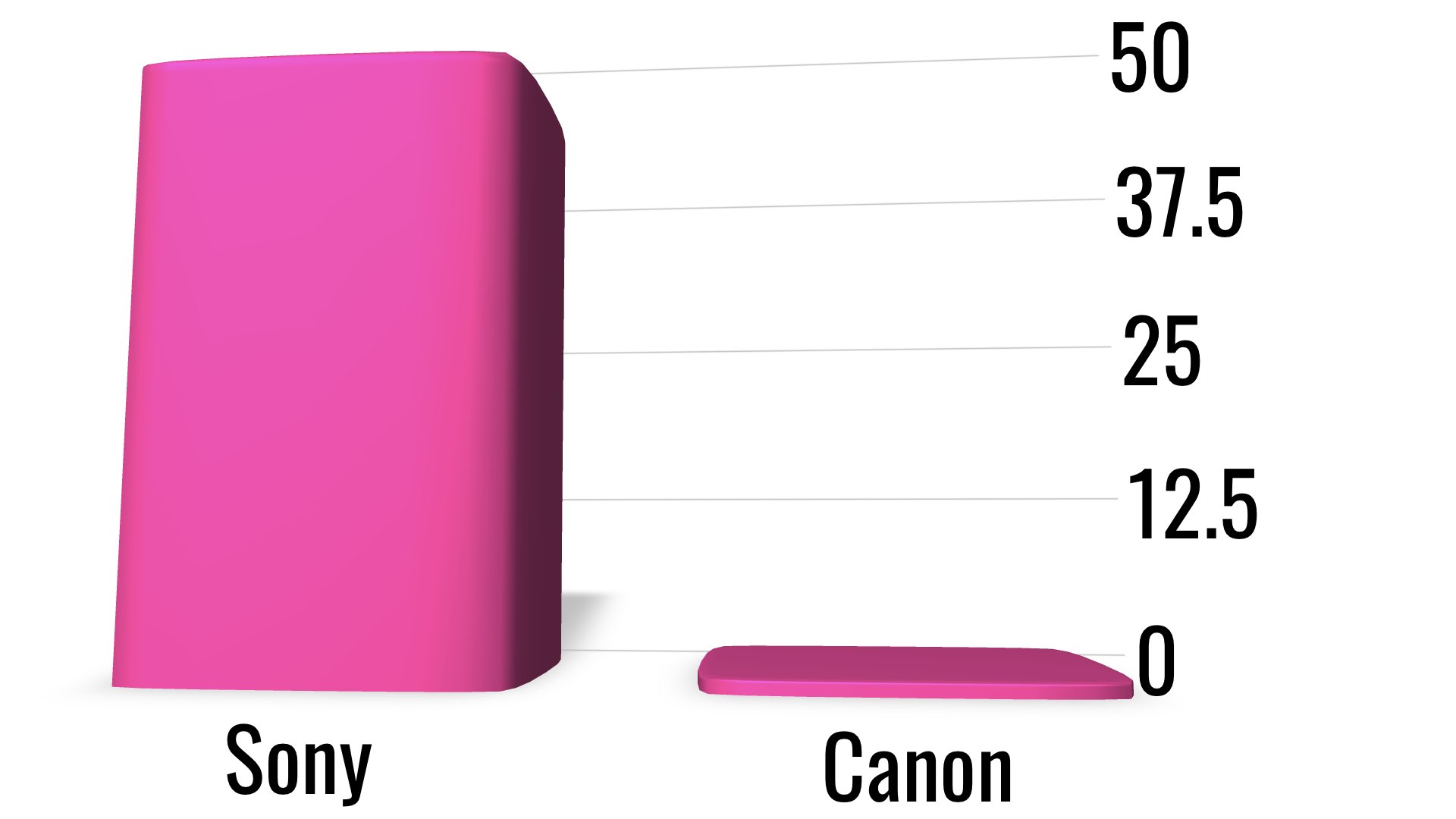
Sony is in control of the CIS world
The analysis firm Yole Développement has published its research regarding CIS (CMOS Image Sensors) that shows the pure domination of Sony over other companies. For instance, Sony has 42% of the CIS market, whereas Canon has only 1%. Indeed, Sony remains the big and major player in the CIS market, in spite of solid competition. Between Sony and Canon, there are other companies that make their own sensors (Samsung, Panasonic, Onsemi, and more). But the delta is too high, which means that Sony is in control of the market.

Canon has been trying to compete
We reported a long time ago about Canon’s new sensor division. In that case, Canon’s goal was (and still is) to offer its CMOS image sensor to 3rd party companies. Canon owns high-end sensors of all kinds (large format, global shutter, High FPS and DR, and so on). However. It seems that Canon itself has been utilizing sensors from 3rd party companies, mainly…Sony. Hence, in the CIS segment, Canon finds it very hard to compete with Sony.

Onsemi: The most used sensor by filmmakers
Many filmmakers don’t know the intriguing fact that Onsemi (On Semiconductor) might be the most utilized sensor by professional filmmakers. Onsemi’s CIS is implemented into the ARRI ALEXA cameras for more than a decade (ALEV III and ALEV 4 – ALEXA 35). Thus, every one of us has been watching this sensor’s imagery on the big screen. According to Yole’s analysis, Onsemi sensors are located in a good place right in the middle (6% of the market share – a lot above Canon).

CIS manufacturing + cinema camera = Ideal combination
Sony does not only develop and manufacture its own sensors, but it uses these sensors on its outstanding cinema cameras. Sony is one of the sole companies that build cameras from scratch, including the sensor inside the camera. Moreover, acclaimed camera manufacturers utilize Sony’s CIS in their top products (Nikon Z9, Z CAM, and more), and even Apple in the next iPhone flagship. When a camera company employs its own sensor on its own camera, it leads to optimal synergy from many aspects (power consumption, image quality, heat management, and more crucial factors). Manufacturing your own sensor constitutes significant advantages over other camera manufacturers. Furthermore, it appears that this tendency will continue.

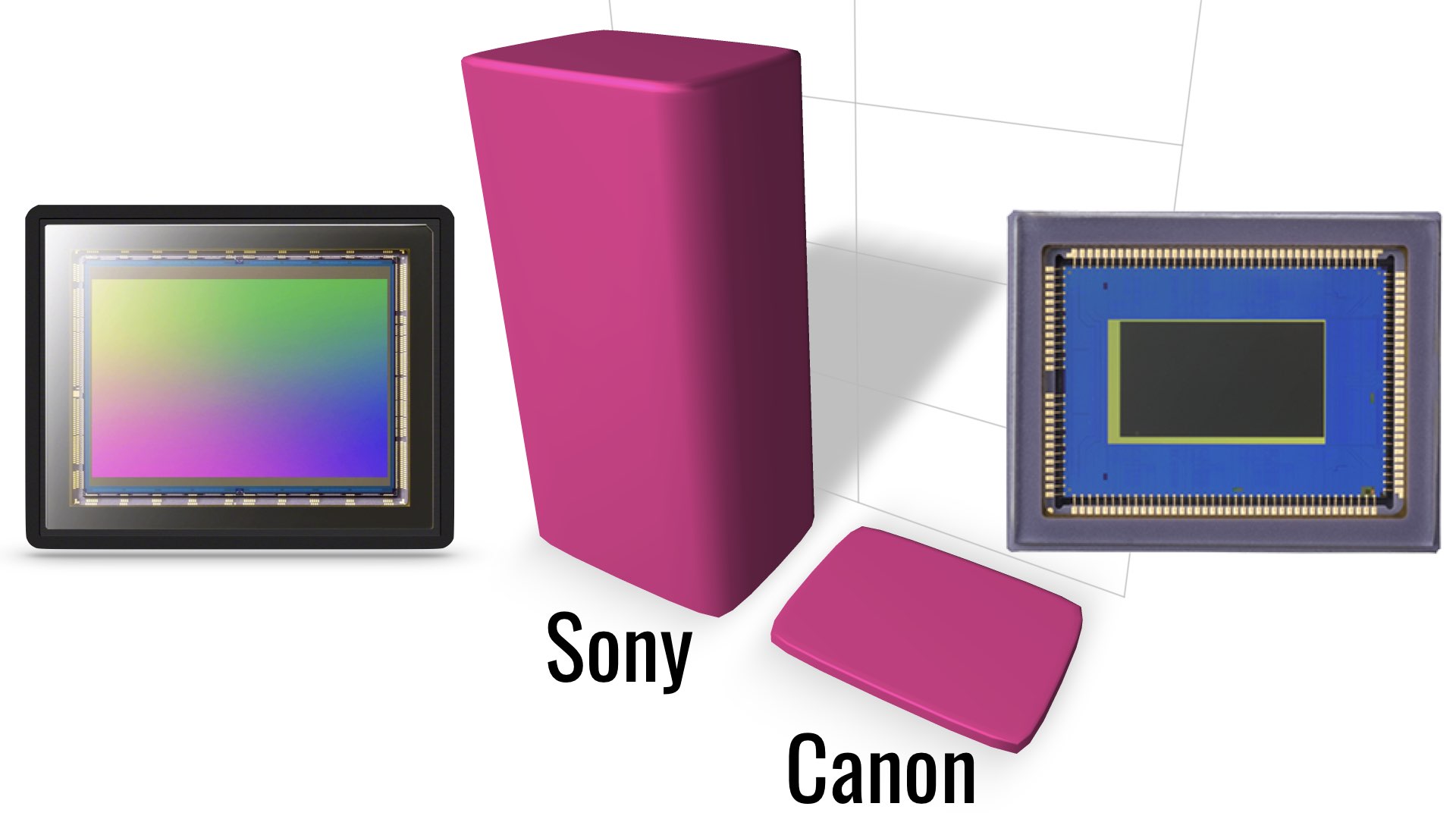
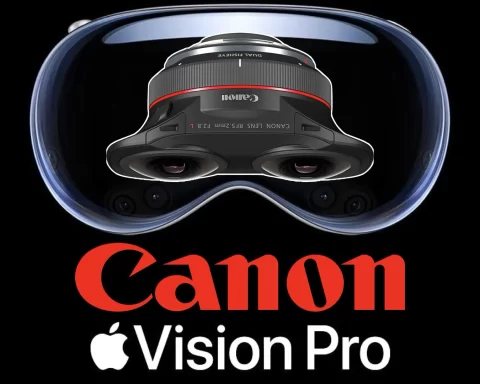
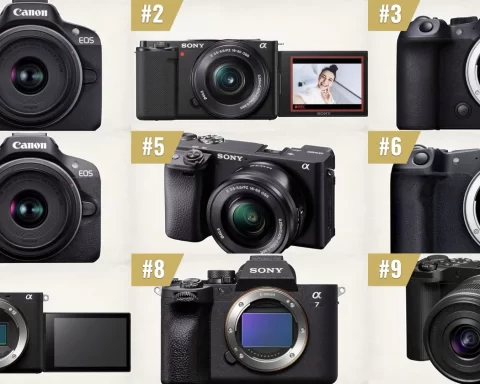

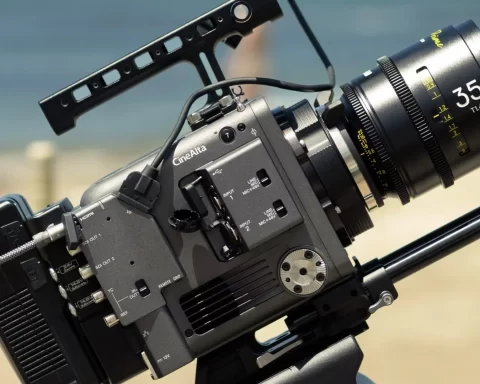
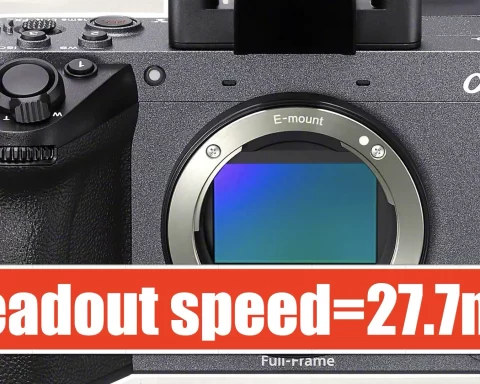



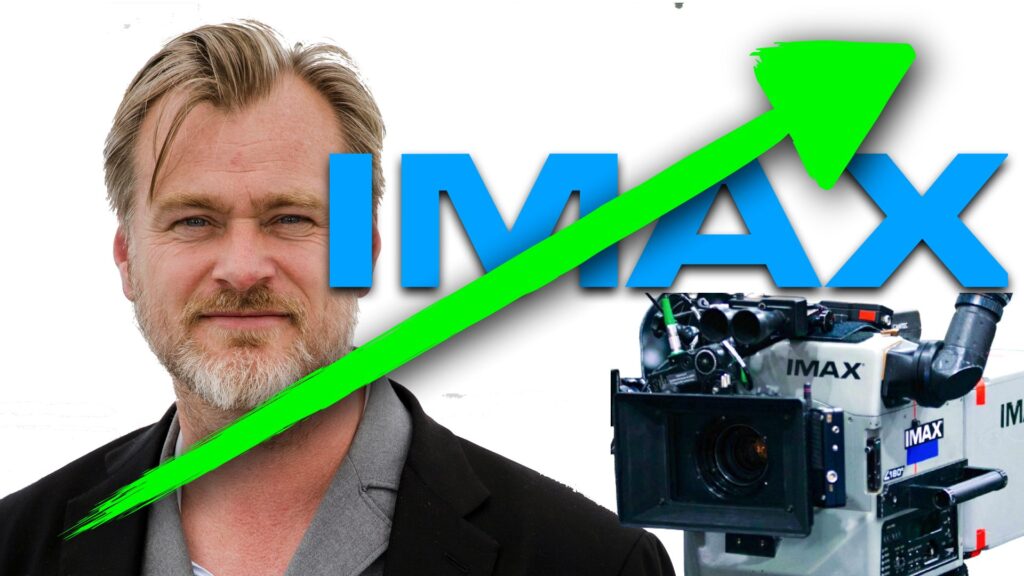
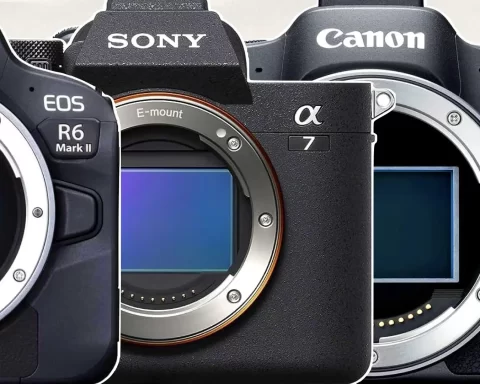
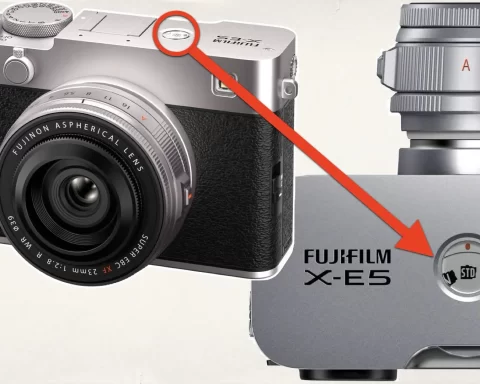

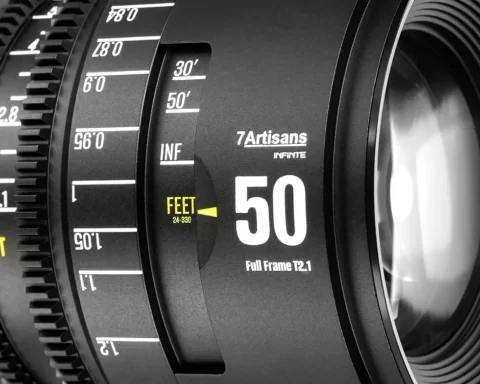
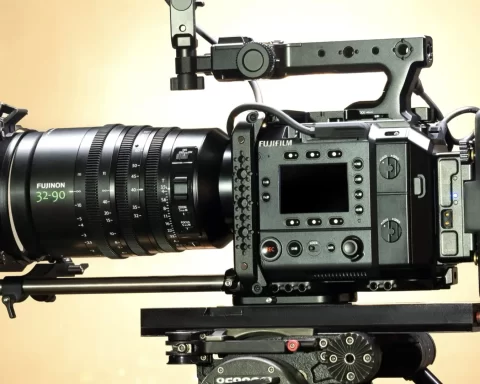
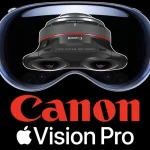

False News!! Canon has always made their own sensors. How much money did you get paid for spreading false rumors about Canon.